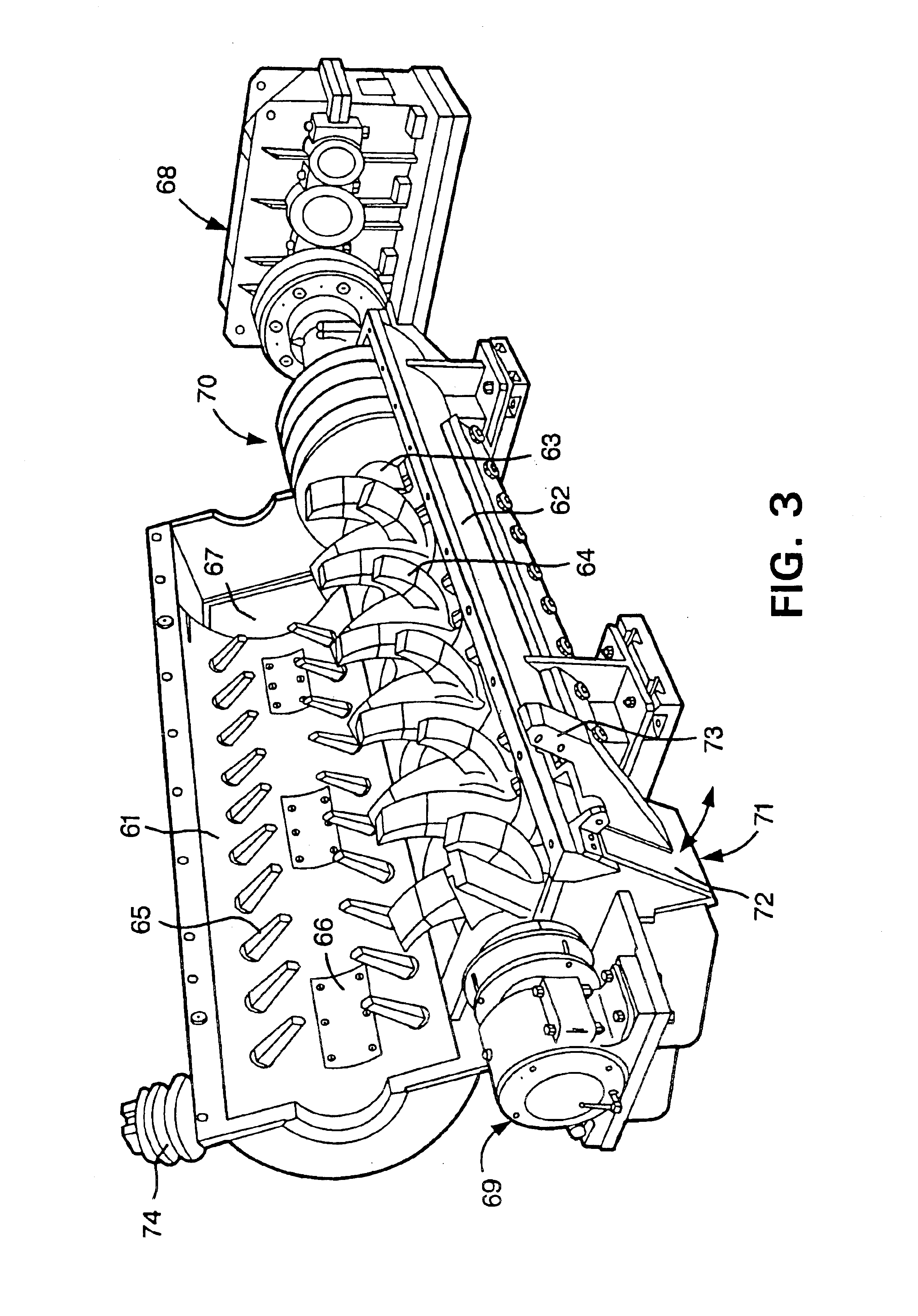Soft tissue
a soft tissue and tissue technology, applied in the field of soft tissue, can solve the problems of affecting the quality of soft tissue, lagging of the softness of the tissue, and the inability to meet the needs of the patient, and achieve the effect of uniform density and greater process flexibility
- Summary
- Abstract
- Description
- Claims
- Application Information
AI Technical Summary
Benefits of technology
Problems solved by technology
Method used
Image
Examples
examples 1-20
To illustrate the invention, a number of uncreped throughdried tissues were produced using the method substantially as illustrated in FIG. 1. More specifically, Examples 1-19 were all three-layered, single-ply bath tissues in which the outer layers comprised dispersed, debonded eucalyptus fibers and the center layer comprised refined northern softwood kraft fibers. Example 20 was a two-ply bath tissue, each ply being layered as described for the previous examples. Cenebra eucalyptus fibers were pulped for 15 minutes at 10% consistency and dewatered to 30% consistency. The pulp was then fed to a Maule shaft disperser as illustrated in FIG. 3. The disperser was operated at 160° F. (70° C.) with a power input of 2.2 HPD / T (1.8 kilowatt-days per tonne). Subsequent to dispersing, a softening agent (Berocell 584) was added to the pulp in the amount of 10 lb. Berocell per ton dry fiber (0.5 weight percent).
Prior to formation, the softwood fibers were pulped for 30 minutes at 2.5 percent co...
PUM
| Property | Measurement | Unit |
|---|---|---|
| temperature | aaaaa | aaaaa |
| width | aaaaa | aaaaa |
| width | aaaaa | aaaaa |
Abstract
Description
Claims
Application Information
 Login to View More
Login to View More - R&D
- Intellectual Property
- Life Sciences
- Materials
- Tech Scout
- Unparalleled Data Quality
- Higher Quality Content
- 60% Fewer Hallucinations
Browse by: Latest US Patents, China's latest patents, Technical Efficacy Thesaurus, Application Domain, Technology Topic, Popular Technical Reports.
© 2025 PatSnap. All rights reserved.Legal|Privacy policy|Modern Slavery Act Transparency Statement|Sitemap|About US| Contact US: help@patsnap.com



